Pioneering, innovative and generous
According to Dr. Tran Thi Hoang Mai, Director of the Department of Culture, Sports and Tourism of Hai Phong, since the beginning of the world, Hai Phong has been a land where residents have been in contact with the sea. This is very important because residents who have a sea-oriented mindset and are in contact with the sea have a more "open-minded" way of looking at and thinking than those in other regions. This is also a very unique feature, the "personality" of Hai Phong people.
Besides the noble and valuable qualities of farmers in the Northern Delta, Hai Phong people also have other noble qualities formed through many generations, the qualities of people who always look out to the sea with an open heart, brave, full of spirit, desire for innovation, love of freedom, honesty, uprightness and very sharp... creating a unique style of Hai Phong people, a style of "eating waves, talking to the wind" and carrying a strong attraction that not every locality in the country has.
History has proven that Hai Phong people always know how to demonstrate these precious qualities to overcome countless difficulties and hardships, even surpassing themselves to achieve success, and these personality traits are the identity that leaves a deep mark in the language, architecture and daily life of the people of the Port City.
No matter where they are, Hai Phong people always carry the unique characteristics of the coastal city with the pride of "standing tall and proud". These valuable cultural traditions are always a solid foundation, a valuable asset, a very important driving force to create the cultural value system of Hai Phong, which needs to be preserved and promoted more strongly in the process of building and developing the city.
 |
Dr. Tran Thi Hoang Mai - Director of Hai Phong Department of Culture, Sports and Tourism is always proud "I am from Hai Phong". |
With its position as a Port City, Hai Phong is a place that marks many important events of the country, especially since the period when the French began building Hai Phong Port in 1874. According to the book History of Hai Phong, volume 3, published by Truth Publishing House in 2021, “Hai Phong City, an urban - seaport, was formed in the last decades of the 19th century. From Ninh Hai wharf on the Cam River, a trading hub, it quickly became an international trade border gate, an industrial - commercial center, a traffic hub, with an important military strategic position, effectively serving the colonial exploitation of French colonialists”.
According to Professor Dr. Truong Quoc Binh, Vietnam National Institute of Culture and Arts, former Deputy Director of the Department of Cultural Heritage, in modern times, Hai Phong was the largest seaport in the North, an important traffic hub on the international maritime route and an industrial center, with the first cement factory in Indochina. Therefore, Hai Phong became one of the cradles marking the birth of the working class and the Vietnamese workers' movement. During the resistance war against France and the US, Hai Phong was one of the centers of the revolutionary movement. In particular, in the period of 1955-1975, as the largest port city in the North, Hai Phong received most of the international aid and was the starting point of the Ho Chi Minh trail at sea.
Dr. Doan Truong Son, Hai Phong Historical Science Association, said that Hai Phong land converges the forms of hills, mountains, rivers, plains, seas and islands, always having profound changes throughout thousands of years of history. Notably, when Cat Hai - Cat Ba island was still attached to the mainland, the sea was far away, primitive people were present in this forest and mountains. Currently, archaeologists have discovered 4 national archaeological sites in Hai Phong: Cai Beo - Trang Kenh - Viet Khe - Nui Voi, proving the process of appearance and development of ancient Vietnamese people, from the early Stone Age to the Metal Age, about 6,000 to 2,000 years ago. This was also the time when the Hung Kings built the country...
Due to major events in history, society, nature and the land reclamation work, wherever the sea retreated and alluvium deposited, Hai Phong people advanced there. That spirit and will have become the tradition of generations of Hai Phong people until today.
 |
Hai Phong develops culture associated with Hai Phong people's identity. |
Also according to Dr. Doan Truong Son, during the period of Chinese domination and resistance against Chinese domination, with its gateway position, the Hai Phong area had the earliest and most fierce exchanges and clashes with Chinese domination... In modern times, on July 19, 1888, the Governor-General of Indochina issued a Decree to establish the City Councils of Hanoi and Hai Phong cities, officially affirming that Hanoi, Hai Phong and Saigon city were class I cities, leading the whole of Indochina. The role of Hai Phong urban area - international seaport has gradually become a new development period according to the historical process of the country...
Creative space with "Hai Phong style"
Hai Phong is one of six centrally-run cities, a first-class urban area, a national center, and an economic, cultural, medical, educational, scientific center of the country. Hai Phong is not only known by familiar names such as Port City, Red Flamboyant City, Industrial City, but it is also famous as a land of "Spiritual Land - Talented People", rich in cultural and historical traditions.
Associate Professor, Dr. Dang Thi Phuong Anh, University of Social Sciences and Humanities, Vietnam National University, Hanoi, believes that Hai Phong has great potential to become a world-class center for cultural and artistic creativity if it has the right development strategy. To be successful, the core factor is to define its own identity - not copy the model of other cities, but create a creative space with "Hai Phong quality" - dynamic, strong, rich in maritime and commercial features. The city needs to combine culture - technology - economy to create a creative space that not only serves art but also creates economic value, attracts investment and livelihoods for people. In addition, for sustainable development, the city needs to cooperate with strategic partners, which are the participation of businesses, artists, researchers, creative startups and cultural funds...
As a city that develops closely with the sea and the development of seaports, Hai Phong's land and people have their own unique spirit. Currently, Hai Phong people continue to inherit and promote the values that have been cultivated throughout history and continue to strive to build the Port City into the group of cities with the highest level of development in Asia by 2045.
 |
Hai Phong has great potential to become a world-class center of cultural and artistic creativity. |
According to Prof. Dr. Pham Hong Tung, former Director of the Institute of Vietnamese Studies and Development Sciences, Hanoi National University, as the country enters a new era, the era of globalization on the basis of the new industrial revolution, the lifestyle in particular and the entire cultural life of Hai Phong will certainly have many rapid and profound changes. Researching and proactively orienting the development, spreading and consolidating a number of positive, modern, civilized and healthy lifestyle trends is inevitable and extremely urgent; it is necessary to continue promoting the traditional beauty of Hai Phong land and people; developing modern and civilized lifestyle trends; towards a cultural identity and lifestyle of Hai Phong in the new era.
Hai Phong is proud to be a land with a long history and deep cultural and artistic background, a land that has given birth to and nurtured great names in modern Vietnamese music. Hai Phong people are proud and happy that great names of the country are the children of Hai Phong, or have lived and created art in Hai Phong, such as musician Van Cao, musician Doan Chuan, musician Do Nhuan, musician Ngo Thuy Mien, painter Tran Van Can, painter Mai Trung Thu. The city also has many authors who have received noble awards in literature and art, such as poet Hoang Van Bo, musician Duy Thai, photographer Ngo Minh Nhat who received the State Prize and playwright Tran Dinh Ngon who received the Ho Chi Minh Prize. That further affirms that Hai Phong's cultural identity has permeated every person here.
The values that have existed for thousands of years have connected Hai Phong people to their roots and are also the strength that has brought Hai Phong to reach out to the region and the world, joining the era of national development. Exploiting and promoting cultural values rich in identity is the responsibility and passion of many people in the Port City.
Ms. Nguyen Thi Tham, Principal of Nguyen Van To Primary School, Head of An Bien Ca Tru Club shared: “For many years, the introduction of Ca Tru into the curriculum for students is not to train professional Ca Tru singers, but the goal of the school is to show gratitude to ancestors and preserve intangible cultural heritage. That also helps students develop more comprehensively, have a rich soul, love the values of life, contributing to improving the quality of comprehensive education in schools”.
Cultural identity, the priceless values from cultural heritages will always create a special impression in the eyes of investors, people, and friends around the world. That identity has also contributed positively to the cause of building and developing the economy and society, bringing successful results to the Port City.
 |
An Bien Ca Tru Club contributes to preserving the cultural values that make up the character of Hai Phong people. |
In recent years, Hai Phong has had many mechanisms to effectively promote cultural values, such as restoring the traditional Do Son buffalo fighting festival, the traditional festival of Female General Le Chan, the festival of Trang Trinh Nguyen Binh Khiem Temple...
Cultural heritage is a priceless asset that needs to be preserved and promoted. Heritage must “live” with the community and participate in economic development. That is the idea that the world, especially UNESCO, recommends and suggests to us. Hai Phong has done quite well in that, Dr. Mai shared.
Through each festival season, heritages become more widely known. Ho Chi Minh City, Hoi An City (Quang Nam Province) have developed cultural industry models and Hai Phong also has many opportunities to develop this model.
“On the journey of the City's development, the culture and sports sector always identifies people as the center. Building and preserving culture must still start from nurturing people, so that people become the center of the socio-economic development strategy, the most important resource for sustainable construction and development,” Dr. Tran Thi Hoang Mai affirmed.
After 70 years of formation and development, Hai Phong City has grown and achieved many proud achievements. The red flag with the yellow star of victory proudly flutters in the sky of Hai Phong, signaling the beginning of a new history page. May 13, 1955, forever engraved in the memory of the people of the Port City is the glorious and heroic moment of a city of "Loyalty - Determination to Win".
Since the liberation day (May 13, 1955), Hai Phong has been one of the localities that has always been concerned, searching, innovating, creating, overcoming difficulties, and rising up. Typically, it is the starting point of emulation movements to build Socialist Labor Teams, "Coastal Waves", creating new contracting mechanisms in agriculture, determining the direction to reach out to the sea, building a civilized and modern Port City...
The recognition of Ha Long Bay - Cat Ba archipelago as a World Natural Heritage by UNESCO, the first inter-provincial heritage of Vietnam, is an important result of the leadership and direction of the Hai Phong City Party Committee in implementing the task of proactively integrating internationally and absorbing the quintessence of human culture in the spirit of Resolution No. 33-NQ/TW, contributing to promoting the development of cultural industry, with the desire to "turn heritage into assets", making culture a resource for socio-economic development.
 |
Musician Xuan Binh with the song "I am a Hai Phong person" touched the hearts of millions of people in the Port City. |
Epilogue
Musician Xuan Binh with the song “I am a Hai Phong person” is considered a “phenomenon” when he was not born in this land of the waves. However, in 2017, when his “I am a Hai Phong person” was released and quickly spread widely. Each melody and lyrics imbued with the “Hai Phong spirit” of the song made those who were born, grew up or have been attached to this land feel excited when finding themselves in it. Many people consider this song as a “Hai Phong song”, on behalf of the children of the red phoenix flower city expressing their love and pride for their homeland. Musician Xuan Binh’s recording alone, after only a short time of being posted on Hai Phong’s fanpage, attracted a record number of 1.3 million views. This clip also had more than 25,000 shares and more than 30,000 comments.
In the “heritage” of songwriting by musician Xuan Binh, there are up to 15 works about Hai Phong. “The land of Hai Phong and the people of Hai Phong have a unique quality that cannot be mistaken for anything else. Hai Phong is considered a land of “eating the waves and talking the wind”, “eating big and talking big” but has a very unique affection in each person. I love this city so much and every time I go far away, I want to return to my family, brothers and friends here, to have a meal together, to chat over a cup of morning coffee. That is why emotions are always overflowing in me, urging me to write melodies and lyrics about the city”, musician Xuan Binh shared.
According to Dr. La Trong Long (Hai Phong Association of Science and Technology), whether they are native Hai Phong people or born and raised in Hai Phong, or people from many places who come and love, stay in the city to live, work and then stick with it, all have the same personality traits that only Hai Phong people have: The desire for innovation (liberal spirit), love of freedom, honesty, integrity, and sharpness (both in business and many other fields). Those personality traits are the identity that leaves a deep mark in the language, architecture and daily life of the city's people. Hai Phong people now spread everywhere, in the country and the world, always carrying the unique personalities of the coastal city with pride like the constant saying "We Hai Phong people...".
Source: https://baophapluat.vn/phat-trien-van-hoa-gan-voi-ban-sac-nguoi-hai-phong-post548146.html


![[Photo] Prime Minister Pham Minh Chinh meets with Hungarian President Sulyok Tamas](https://vphoto.vietnam.vn/thumb/1200x675/vietnam/resource/IMAGE/2025/5/29/dbcaa73e92ea4448a03fe1d0de6d68e8)
![[Photo] Prime Minister Pham Minh Chinh receives leaders of Excelerate Energy Group](https://vphoto.vietnam.vn/thumb/1200x675/vietnam/resource/IMAGE/2025/5/29/c1fbe073230443d0a5aae0bc264d07fe)

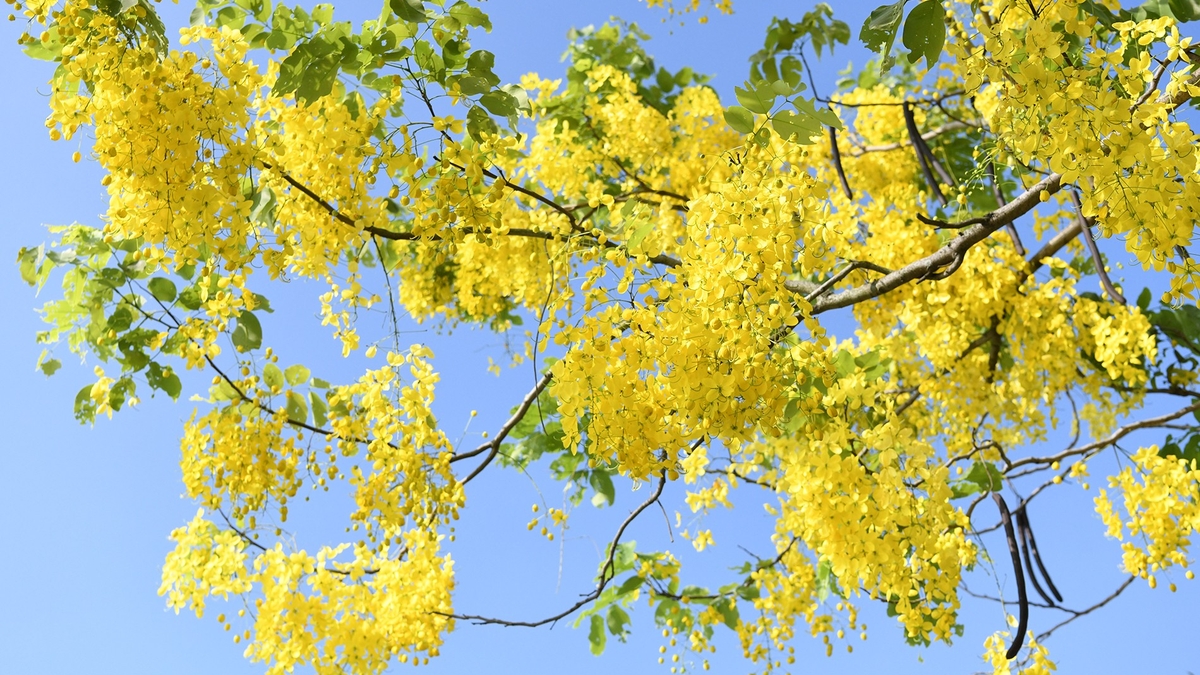

![[Photo] Vietnamese and Hungarian leaders attend the opening of the exhibition by photographer Bozoky Dezso](https://vphoto.vietnam.vn/thumb/1200x675/vietnam/resource/IMAGE/2025/5/29/94d8ceca5db14af3bf31285551ae4bb3)


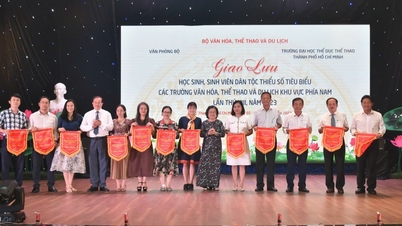

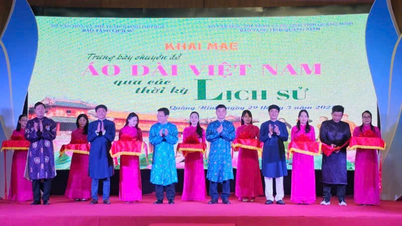


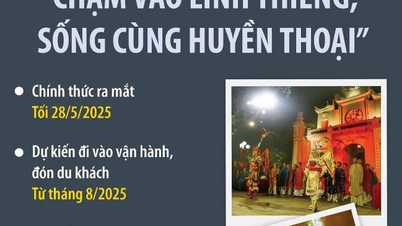





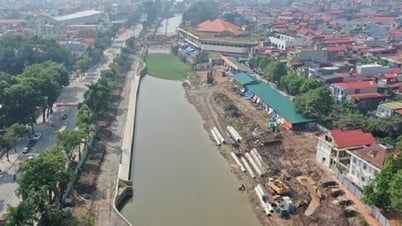
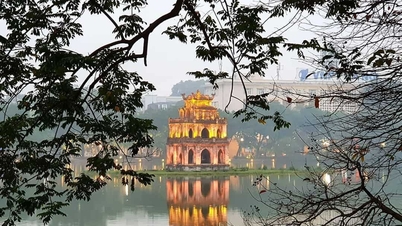









































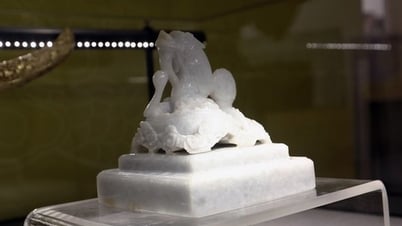
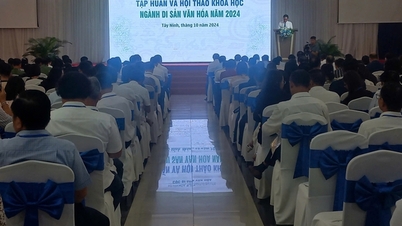
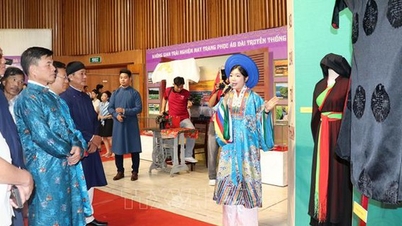
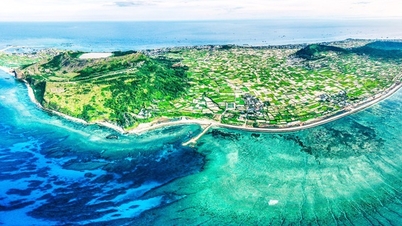
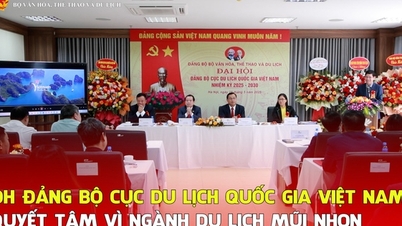
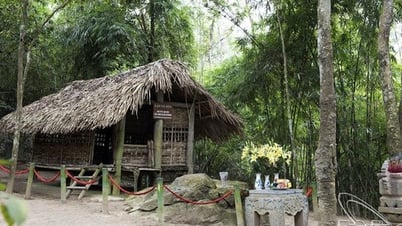


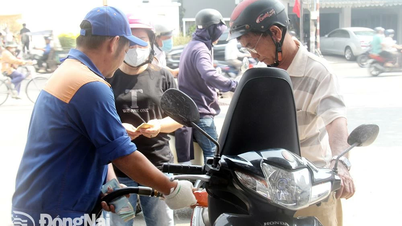
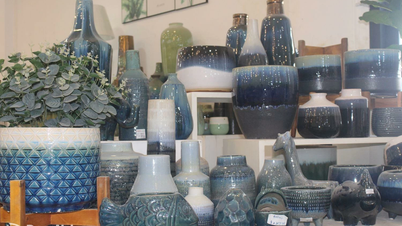



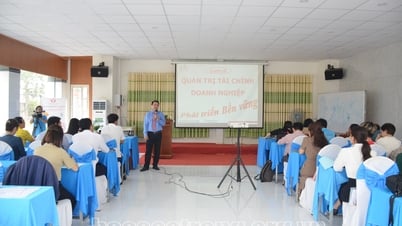










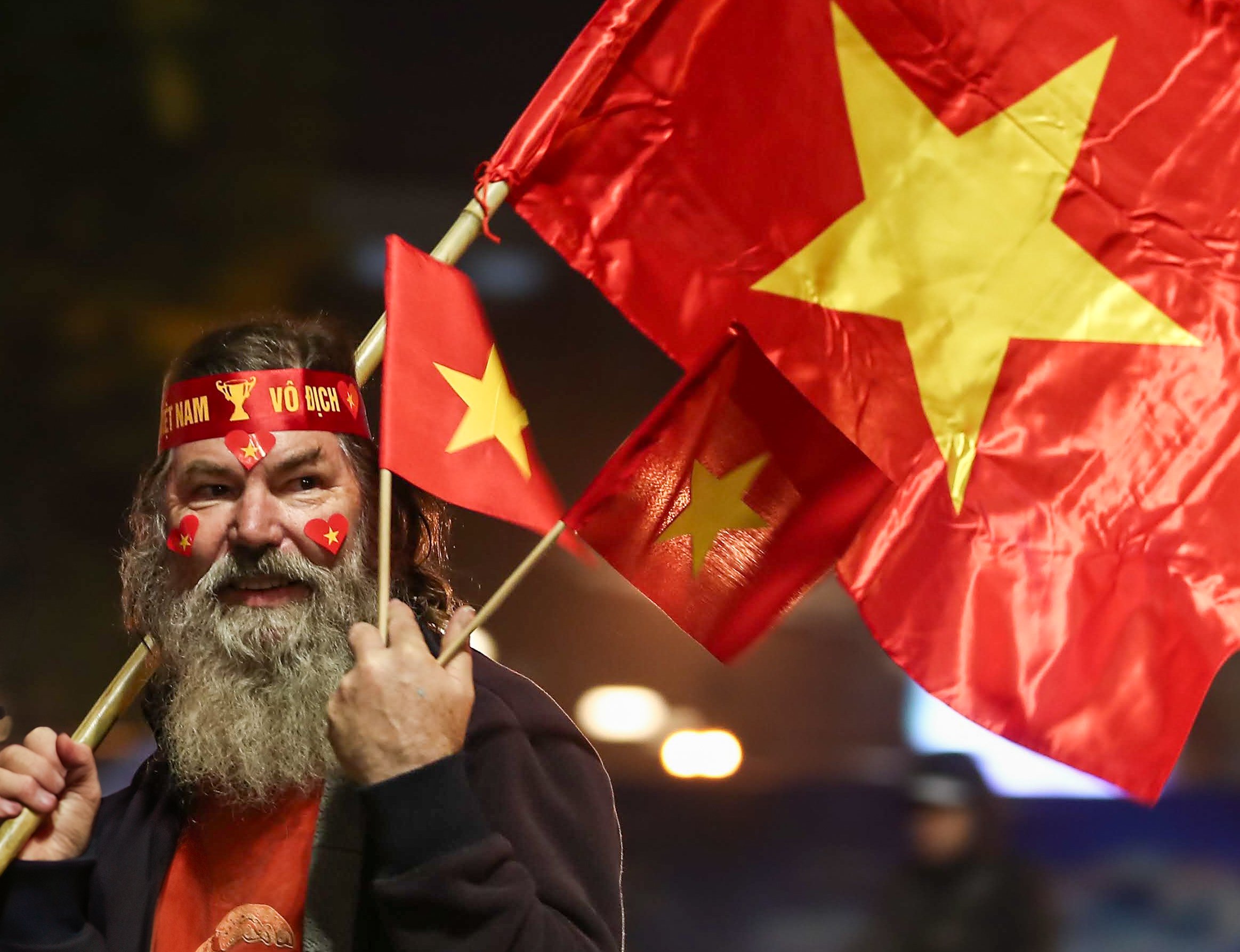
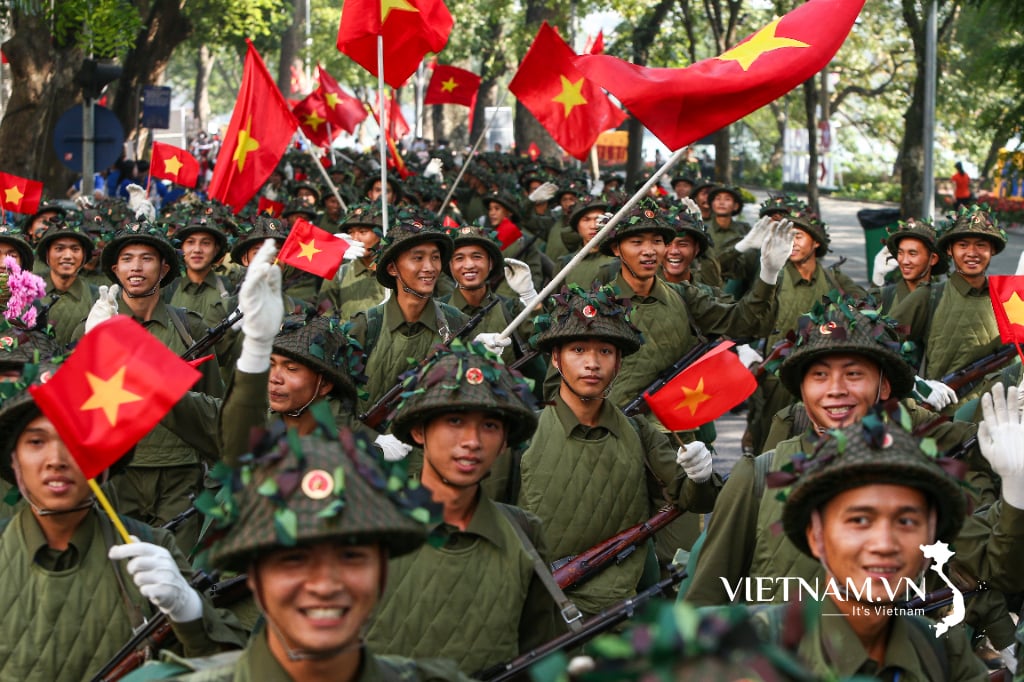
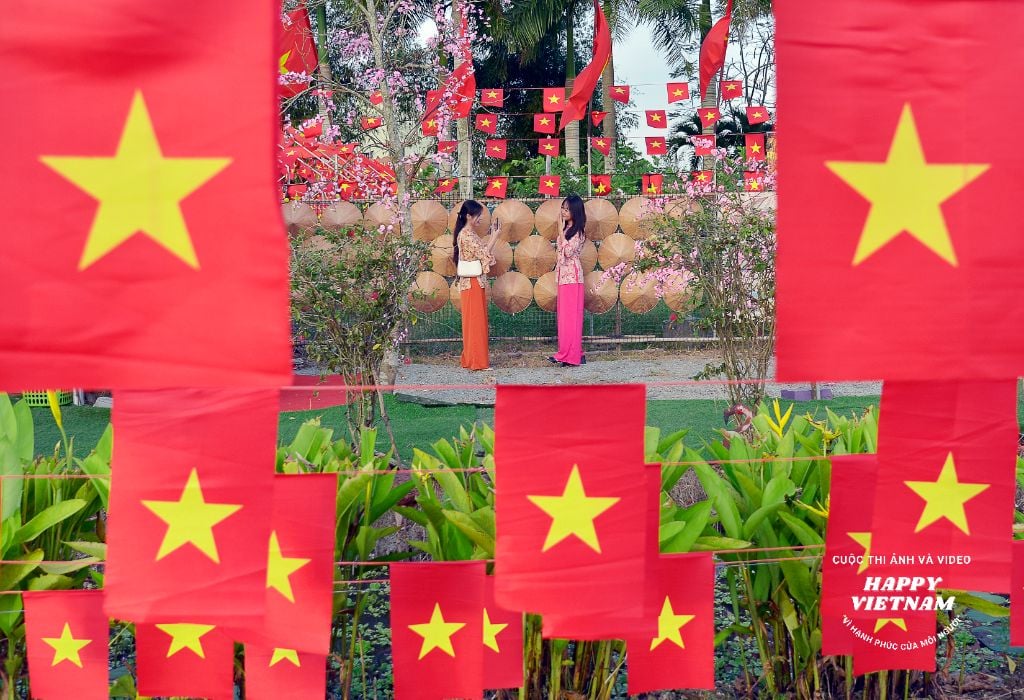

Comment (0)